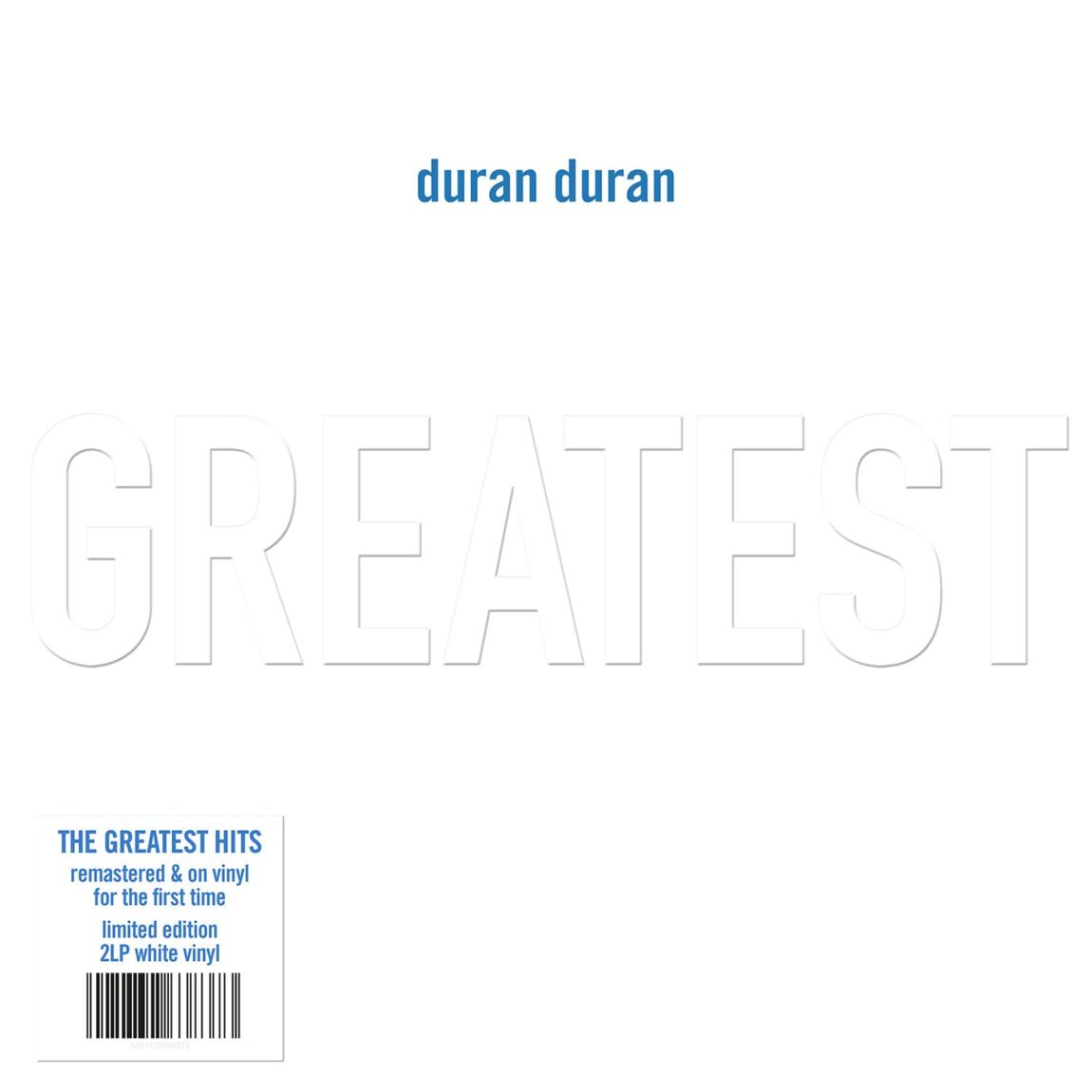Bigger than One Direction?
Bigger.
Bigger than Justin Bieber?
Bigger.
Bigger than Taylor Swift?
Bigger.
Trying to describe Duran Duran to a teenager in 2017 is like trying to explain why nearly every human loves coffee and chocolate – it’s not the science behind the reasoning, it’s the taste behind the desire.
Kids today are armed with mountains of data, so they can easily Google chart positions and recording sales to bolster any argument against you. But to get your point across about Duran Duran – which first came together in Birmingham, England in 1978 to mesh the grooves of Chic with the glam of Roxy Music – all you have to do is play the band’s 1982 hit “Hungry Like the Wolf” or 2015’s “Pressure Off “(feat. Nile Rodgers and Janelle Monae). Or, better yet, take your brood to an amphitheater as beautiful as Atlanta’s Chastain Park and teach them how to light up the night by holding their smartphones in the air for a three-decades-old tune, “Save A Prayer.”
Singing along at a live concert is not a generation-specific activity, nor is the excitement of experiencing thousands of people filling the sky with their voices in unison. At Duran Duran’s shows, this sort of thing happens during every song (on other continents, too: check out Lollapalooza in Chile last week). While a James Bond theme (”A View to a Kill”), a funky dance number (”I Don’t Want Your Love”), and a three-word new wave chant (”Girls on Film”) aren’t timeless ballads about true love or world peace, they are precious to followers of the band in ways that perhaps aren’t understood by fans of recent groups. Do 21st century artists share their lives with fans in tangible ways? Absolutely. Anyone who is the parent of a teenager knows that the moment pop singer Halsey posts a new single or the members of rock duo Twenty One Pilots change their hair color, the internet breaks and we’re all headed to Hot Topic to buy a new bottle of Manic Panic “Fuchsia Shock” dye. Yet, Duran Duran has a relationship with its fans that is unique and will likely never be repeated.
Like Elvis and The Beatles before them, Duran Duran first fueled their pop engine with screaming teens. But the multimedia smorgasbord of the 1950s and 1960s, which allowed fans to “meet” Elvis and the The Beatles on the Ed Sullivan show and plaster magazine posters on their bedroom walls, had by the 1980s MTV era evolved to include home recording of sounds and images that could be repeated to infinity – and, most importantly, shared in the flesh between friends. Ask any Duran Duran fan of a certain age what the phrase “gimme a wristband” means, and he or she will be able to describe in detail exactly when and where Simon Le Bon made the exclamation (in case you’re wondering, I believe it was in the 1984 documentary Sing Blue Silver; if I’m wrong, another fan will surely let me know). Duran Duran’s fans’ love for the band includes the group’s culture and worldview – which are steeped in legitimate rock history but also tempered with art, fashion and travelogues that exposed its listeners and viewers to painter Auguste Renoir, David Bowie songs (the band did a cover of “Fame” in 1981) and Sri Lankan vistas for the first time.
Life in the internet age is like this: an individual sits alone with a phone, absorbing Drake’s shenanigans in real-time on Instagram and discovering Ed Sheeran’s latest song inside a Snapchat lens. This isolation cannot compare to piling on a couch with four friends, two boxes of donuts, and TV playing a homemade VHS tape compilation of Duran Duran appearances on Good Morning America. (We should also thank recent technology and YouTube for exposing musical truths about the band, such as this one.) The music industry has some exciting days ahead, no doubt, but phenomena of tomorrow’s bands will not happen the same ways as the explosion of songs and stardom that make up the hundred-million-selling Duran Duran, whether you like their music or not. International licensing laws have changed, thus many artists aren’t truly worldwide anymore. And while all the hoopla around young artists who hit the big time helps those performers bring fresh fans into the fold (did you know Duran Duran’s Nick Rhodes turned 19 just a week before the band’s self-titled debut was released in 1981?), the soothsayer is always going to be the music itself. Because an artist will only succeed decades into the future if the music is built to do the same. Which brings me back to the show in Atlanta last night: It wasn’t brain surgery, Gandhi-esque or vying for a Nobel prize. It was “Rio,” jam-packed, confetti-covered and one more page in a catalog of fun memories still being formed. Duran Duran played brilliantly onstage, but all 6000 of us made the music together.
- Kristi York Wooten, Courtesy Huffington Post

